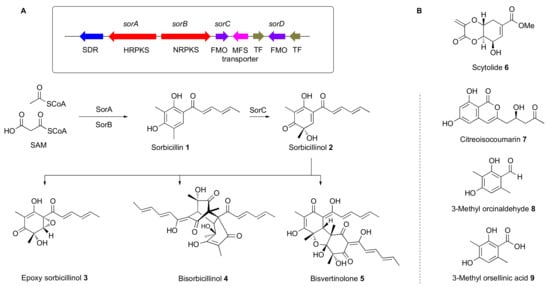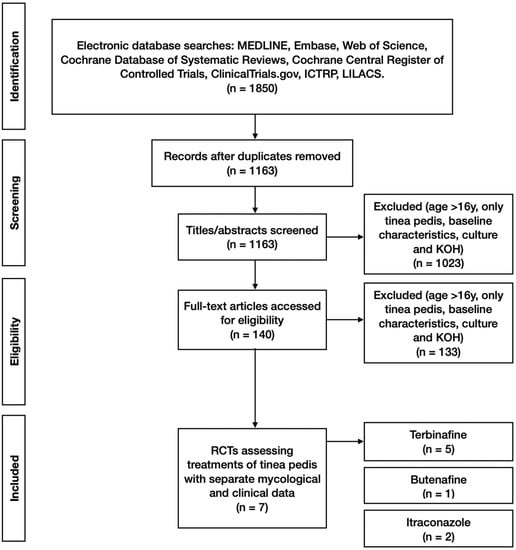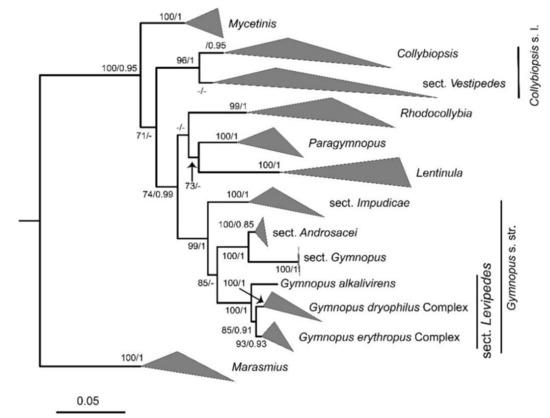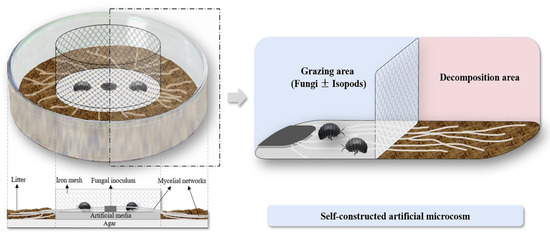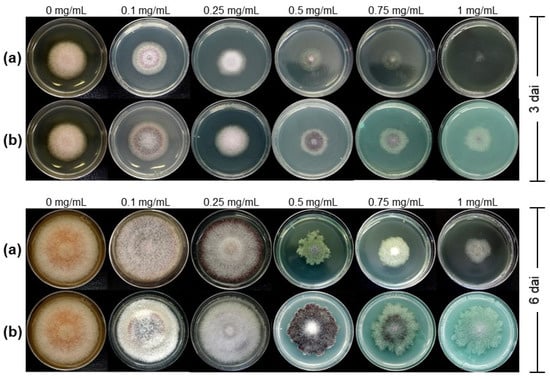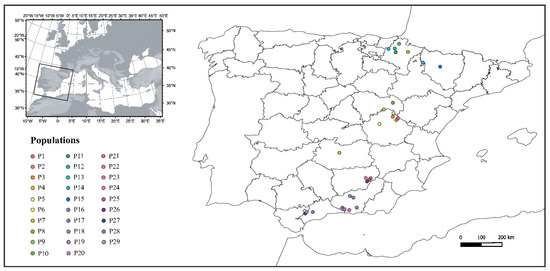J. Fungi 2022, 8(4), 355; https://doi.org/10.3390/jof8040355 - 30 Mar 2022
Cited by 14 | Viewed by 4875
Abstract
Trichoderma reesei (Hypocrea jecorina) was developed as a microbial cell factory for the heterologous expression of fungal secondary metabolites. This was achieved by inactivation of sorbicillinoid biosynthesis and construction of vectors for the rapid cloning and expression of heterologous fungal biosynthetic
[...] Read more.
Trichoderma reesei (Hypocrea jecorina) was developed as a microbial cell factory for the heterologous expression of fungal secondary metabolites. This was achieved by inactivation of sorbicillinoid biosynthesis and construction of vectors for the rapid cloning and expression of heterologous fungal biosynthetic genes. Two types of megasynth(et)ases were used to test the strain and vectors, namely a non-reducing polyketide synthase (nr-PKS, aspks1) from Acremonium strictum and a hybrid highly-reducing PKS non-ribosomal peptide synthetase (hr-PKS-NRPS, tenS + tenC) from Beauveria bassiana. The resulting engineered T. reesei strains were able to produce the expected natural products 3-methylorcinaldehyde and pretenellin A on waste materials including potato, orange, banana and kiwi peels and barley straw. Developing T. reesei as a heterologous host for secondary metabolite production represents a new method for waste valorization by the direct conversion of waste biomass into secondary metabolites.
Full article
(This article belongs to the Special Issue Secondary Metabolites from Fungi—in Honour of Prof. Dr. Ji-Kai Liu's 60th Birthday)
►
Show Figures
